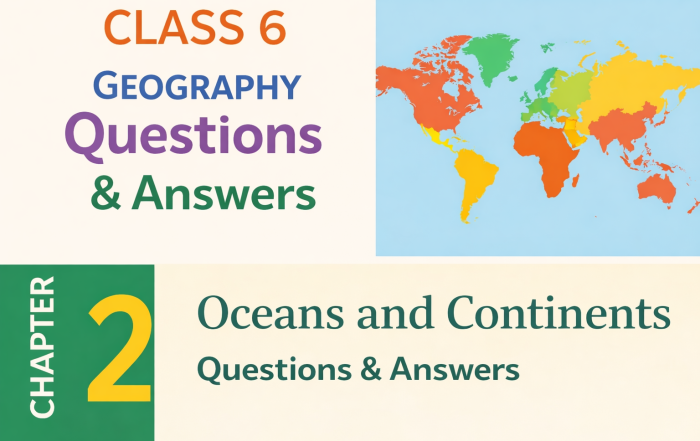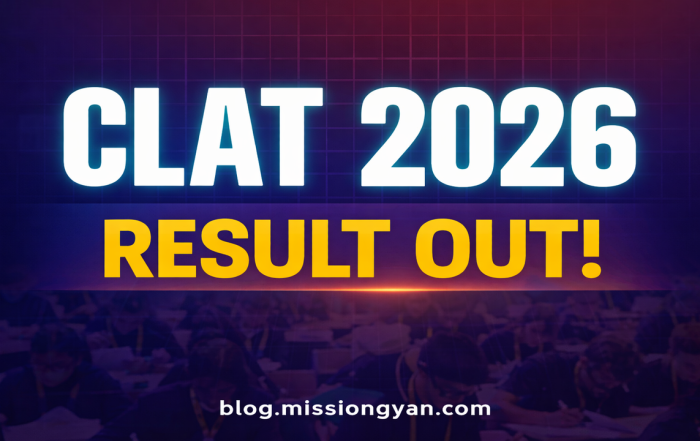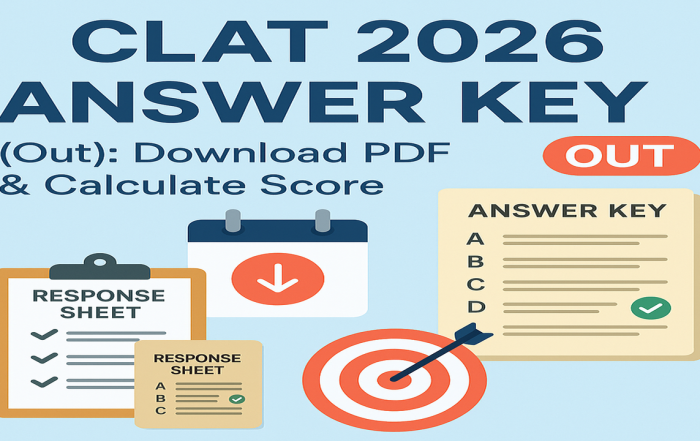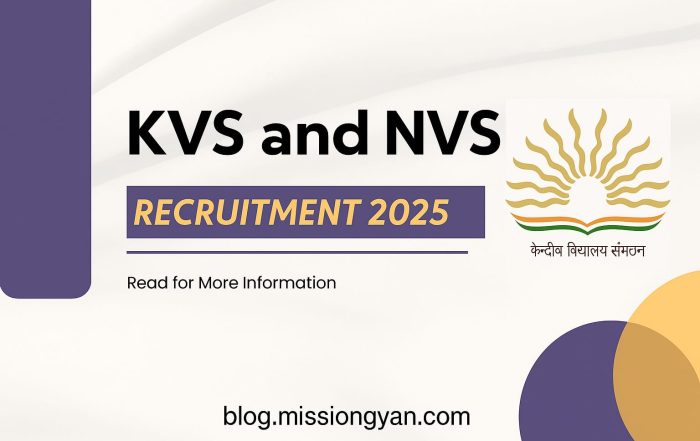RECENT POSTS
Class 6 Geography Chapter 2: Oceans and Continents Q&A
Class 6 Geography – Chapter 2: Oceans and Continents (Questions & Answers) This article provides easy, exam-oriented answers for Class 6 Geography Chapter 2 – Oceans and Continents. The explanations are written in simple language, [...]
Rajasthan VDO Result 2025 Released – PDF & Cut Off Out
📌 Rajasthan VDO Result 2025 Released – Check PDF & Cut Off Good news for candidates! The Rajasthan VDO Result 2025 was officially released on 19 December 2025 along with the cut off marks. Candidates [...]
Class 6 Geography Chapter 1: Locating Places on the Earth Q&A
Class VI Social Science – Geography Chapter 1: Locating Places on the Earth (Questions & Answers) This post covers Class 6 Social Science Geography Chapter 1 – Locating Places on the Earth, including important question–answer [...]
CLAT Result 2026 Released: Download Scorecard & NLU Marks
CLAT Result 2026 OUT: Latest Official Update 🎓 The Consortium of National Law Universities (CNLUs) has officially declared the CLAT Result 2026 on December 16, 2025. As a result, candidates who appeared for the Common [...]
SSC Delhi Police Constable Admit Card 2025: Download Link ✅
SSC Delhi Police Constable Admit Card 2025 – Download Date & Exam Schedule The Staff Selection Commission (SSC) is preparing to conduct the SSC Delhi Police Constable Recruitment Examination 2025 for 7,565 vacancies. Candidates who [...]
DRDO CEPTAM 11 Recruitment 2025 Apply Online for 764 Posts
🏢 DRDO CEPTAM 11 Recruitment 2025 – Complete Overview The Defence Research and Development Organisation (DRDO) has officially announced the CEPTAM 11 Recruitment 2025. This recruitment drive opens an excellent opportunity for candidates who are [...]
CLAT 2026 Answer Key (Out): Download PDF & Calculate Score
CLAT 2026 Answer Key (Out): Download PDF & Calculate Score The CLAT 2026 Answer Key has been officially released by the Consortium of National Law Universities (NLUs). As a result, candidates can now evaluate their [...]
KVS & NVS Recruitment 2025: Apply Online, Eligibility & Vacancies
KVS & NVS Recruitment 2025: Notification, Eligibility, Vacancies & Online Application The Kendriya Vidyalaya Sangathan (KVS) and Navodaya Vidyalaya Samiti (NVS) have released the official Recruitment Notification 2025 for Teaching and Non-Teaching posts.Additionally, a total [...]
कक्षा 10 विज्ञान अध्याय 5: जैव प्रक्रम (Life Processes) – महत्वपूर्ण नोट्स, MCQs व प्रश्न-उत्तर
कक्षा 10 विज्ञान: अध्याय 5 – जैव प्रक्रम – महत्वपूर्ण नोट्स एवं प्रश्न-उत्तर जैव प्रक्रम परिचय— 1.जैव प्रक्रम — ➠सभी प्रक्रम जो सम्मिलित रूप से अनुरक्षण का कार्य करते हैं। a. पोषण: ऊर्जा स्त्रोत को [...]










